Expansion of Smart City Initiatives
Japan's commitment to developing smart cities is a pivotal driver for the super high-frequency-communication market. As urban areas evolve, the integration of advanced communication technologies becomes essential for managing infrastructure, transportation, and public services efficiently. The government has allocated substantial funding towards smart city projects, with an estimated investment of over $10 billion in the next five years. This investment is expected to enhance connectivity and data exchange among various city services, thereby increasing the demand for high-frequency communication systems. The super high-frequency-communication market stands to gain from this trend, as municipalities seek to implement cutting-edge solutions that facilitate real-time communication and data analytics, ultimately improving the quality of life for residents.
Increased Focus on Defense and Security
The super high-frequency-communication market in Japan is significantly influenced by the heightened focus on defense and security. The Japanese government has been investing heavily in modernizing its defense capabilities, which includes the development of advanced communication systems for military applications. This trend is driven by the need for secure and reliable communication channels in defense operations. The defense budget for Japan has seen an increase of approximately 5% annually, reflecting the government's commitment to enhancing national security. As a result, the super high-frequency-communication market is likely to benefit from increased procurement of sophisticated communication technologies that meet stringent security requirements. This focus on defense not only bolsters the market but also encourages innovation in secure communication solutions.
Advancements in Communication Technology
The super high-frequency-communication market in Japan is experiencing a surge due to rapid advancements in communication technology. Innovations in semiconductor materials and signal processing techniques are enhancing the efficiency and reliability of communication systems. For instance, the introduction of 5G technology has significantly increased data transmission rates, enabling faster and more reliable communication. This technological evolution is expected to drive the market, as businesses and consumers alike seek to leverage these advancements for improved connectivity. The market is projected to grow at a CAGR of approximately 15% over the next five years, indicating a robust demand for high-frequency communication solutions. As companies invest in upgrading their infrastructure, the super high-frequency-communication market is likely to benefit from this trend, fostering a competitive landscape that encourages further innovation.
Rising Demand for High-Speed Data Transmission
In Japan, the demand for high-speed data transmission is a critical driver for the super high-frequency-communication market. With the proliferation of IoT devices and the increasing reliance on cloud computing, the need for efficient and rapid data transfer has never been more pronounced. Industries such as telecommunications, healthcare, and finance are particularly reliant on high-frequency communication systems to ensure seamless operations. Reports indicate that the data traffic in Japan is expected to increase by over 30% in the coming years, necessitating the adoption of advanced communication technologies. This growing demand is likely to propel investments in the super high-frequency-communication market, as organizations strive to enhance their data handling capabilities and maintain a competitive edge in an increasingly digital landscape.
Growing Adoption of Wireless Communication Solutions
The shift towards wireless communication solutions is a notable driver for the super high-frequency-communication market in Japan. As businesses and consumers increasingly favor wireless technologies for their convenience and flexibility, the demand for high-frequency communication systems is on the rise. The proliferation of mobile devices and the expansion of wireless networks are contributing to this trend. Market data suggests that the number of wireless subscribers in Japan is projected to reach over 150 million by 2026, further underscoring the need for robust communication infrastructure. This growing adoption of wireless solutions is likely to stimulate investments in the super high-frequency-communication market, as companies strive to enhance their service offerings and meet the evolving needs of their customers.


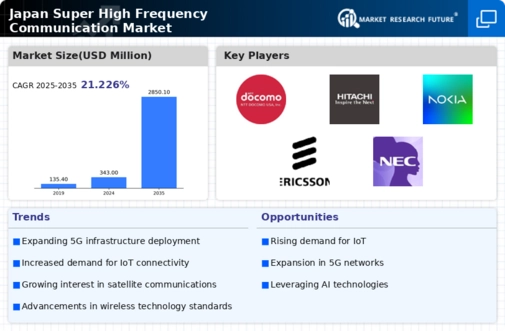
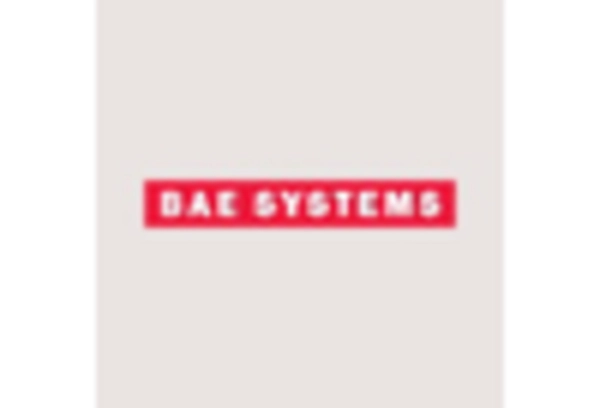
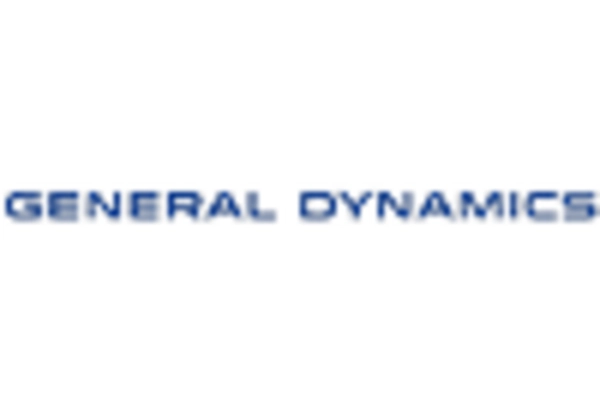
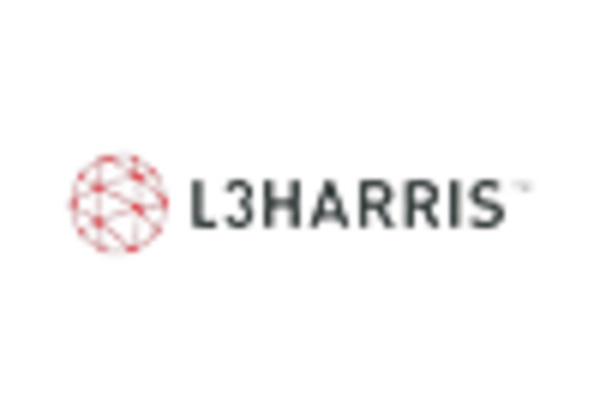
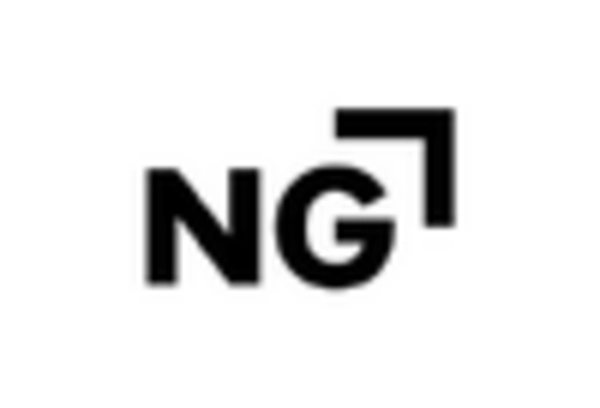
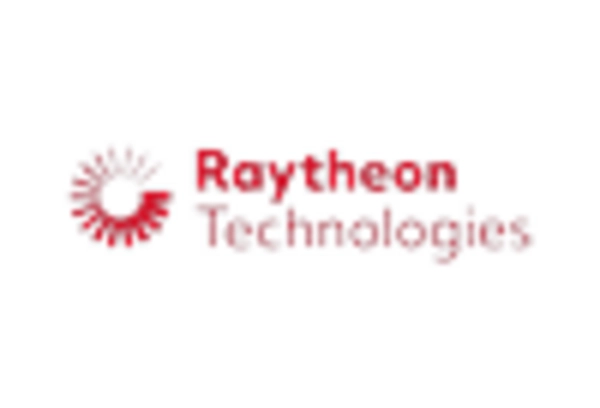
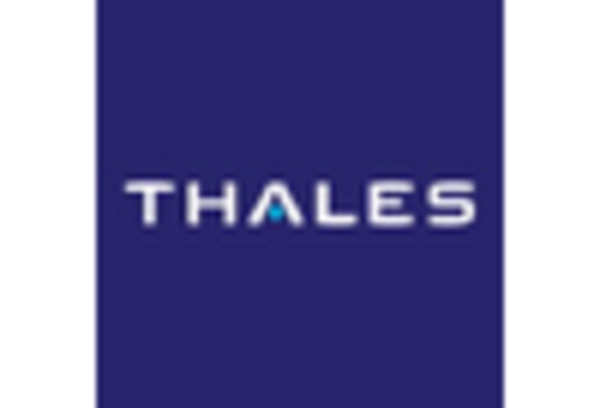








Leave a Comment